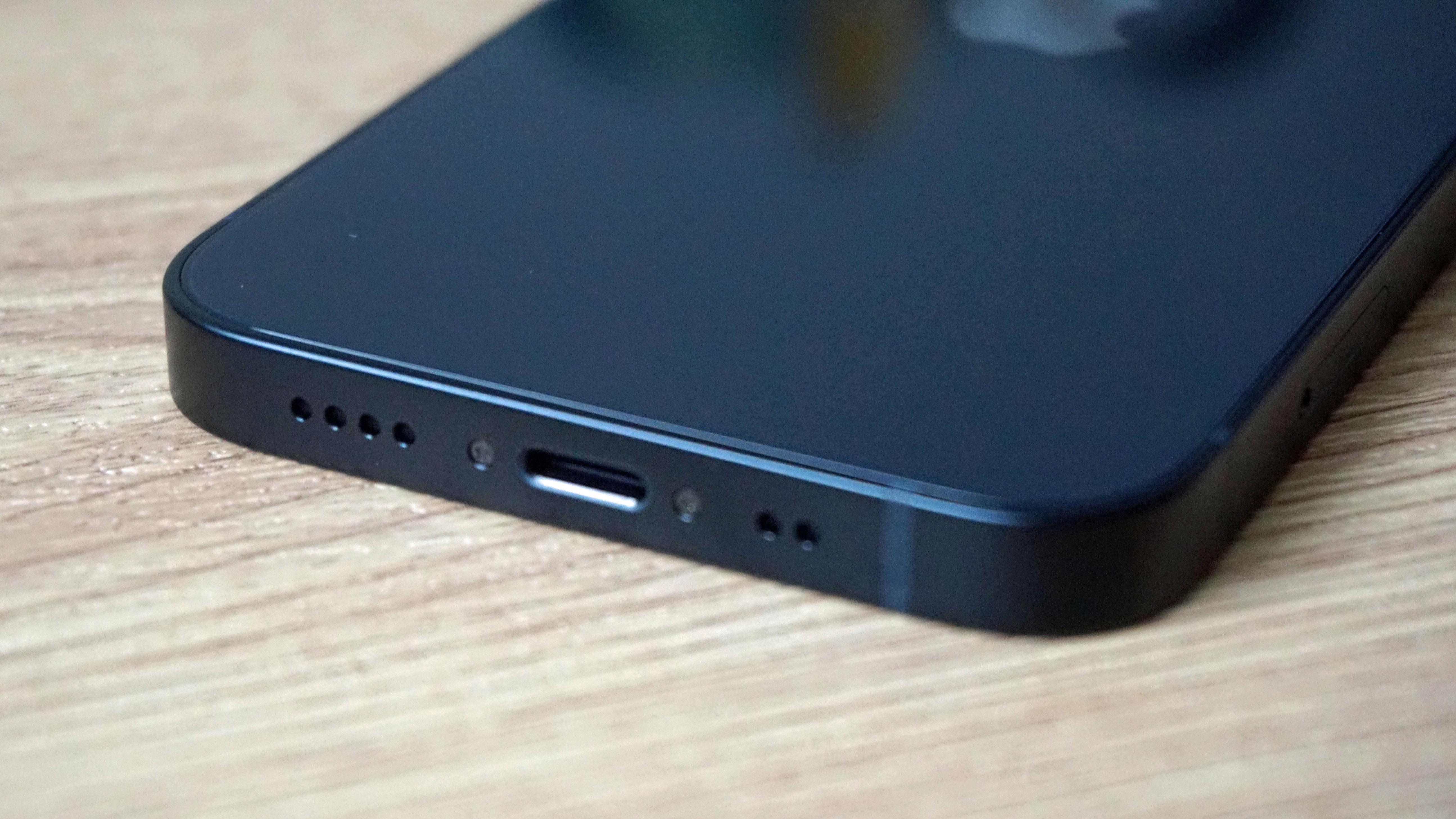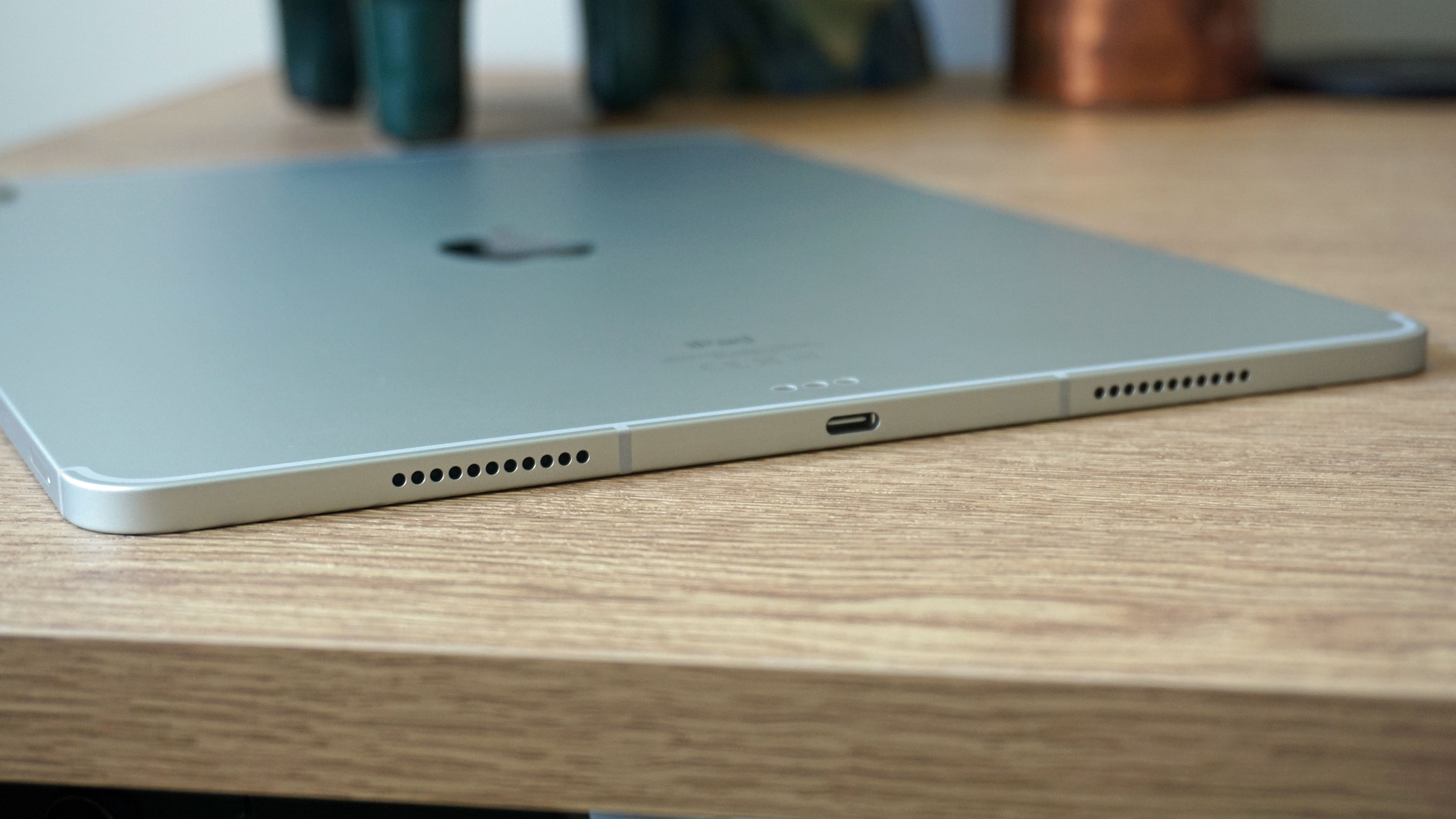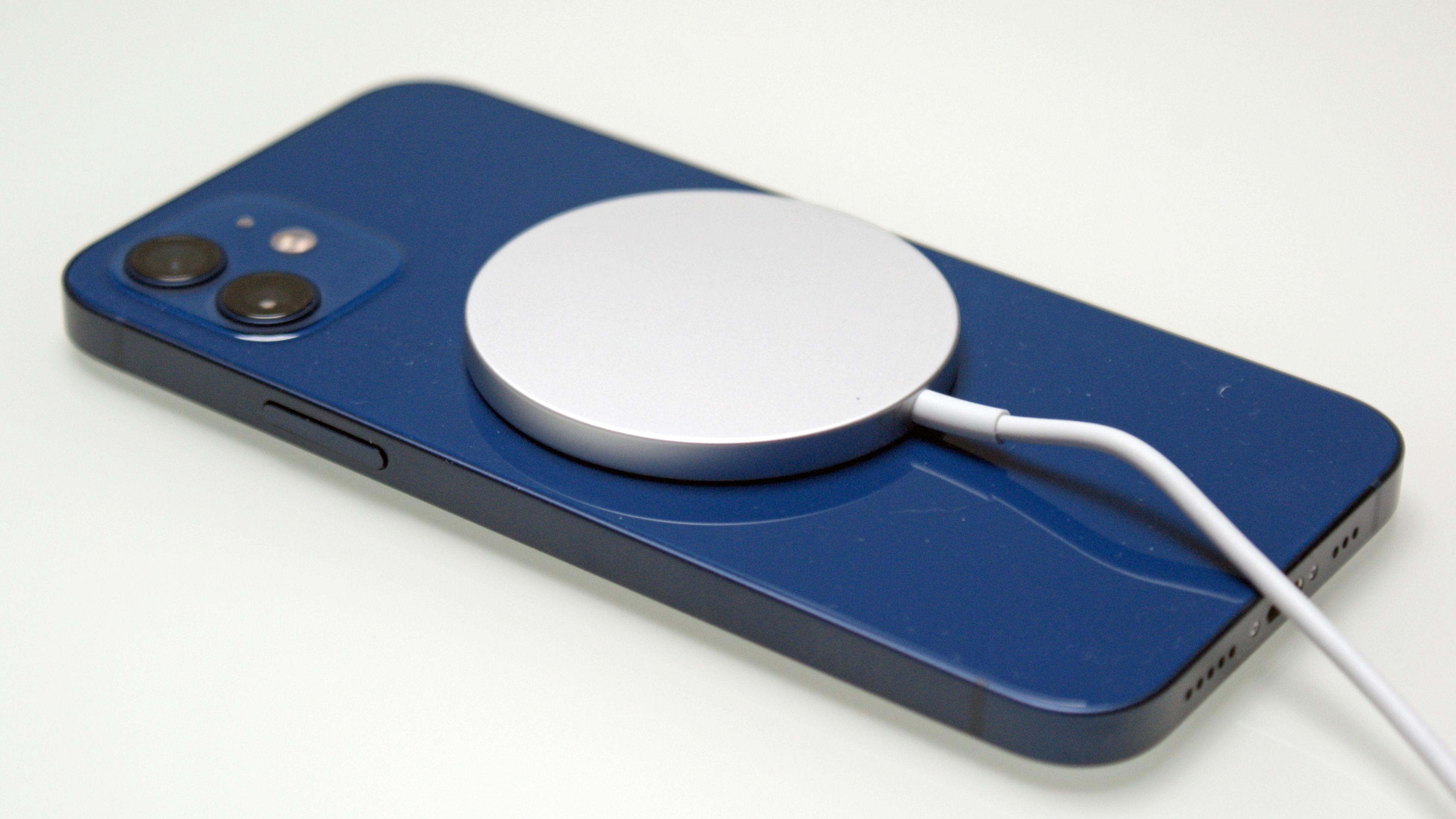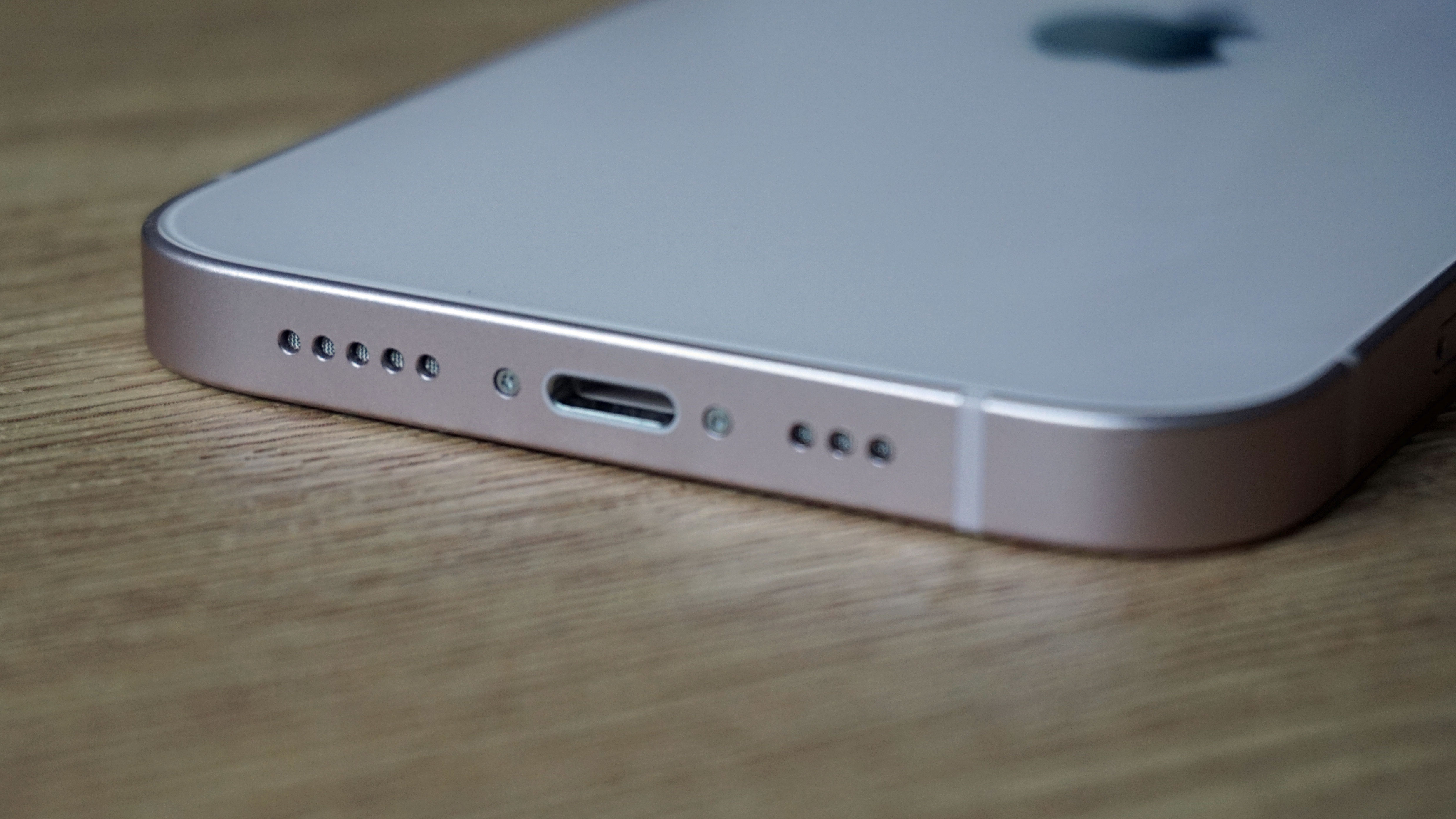Three ways Apple's iPhone could change thanks to new Lightning port rules
One port, two ports or no ports

A big change could be coming to future iPhones – and it’s not one that Apple wants. The European Union has announced plans to force smartphone makers to include a USB-C port on their devices, so that there’s a universal smartphone charger for all phone users.
It’s worth noting that these plans aren’t final, so they could still be dropped, and as things stand Apple and other companies have 24 months to make the change, meaning the iPhone 14 probably wouldn’t be affected, but the iPhone 15 would be.
We’re focused on Apple here simply because just about every other smartphone maker already uses USB-C – as do many makers of other devices such as cameras, tablets and handheld consoles, which are also affected by the proposal.
Having stuck with the Lightning port since 2012, Apple understandably isn’t too happy about having to make a change here, claiming in a statement to TechRadar to “remain concerned that strict regulation mandating just one type of connector stifles innovation rather than encouraging it, which in turn will harm consumers in Europe and around the world.”
Yet there are obvious benefits to having a single charger type for all portable devices. One cable can charge everything, and there’s less risk of charging ports being changed on new models and rendering your old cables useless (though presumably, USB-C won’t be around forever).
Whichever side you’re on, the choice will likely be out of your – and Apple’s – hands. But that’s not to say Apple won’t have options if this plan does go ahead. Below we’ve highlighted three ways the iPhone could change as a result of these new rules.
1. Apple could switch to USB-C

This is the obvious change. If the European Union says that the iPhone charging port must be USB-C, then it makes sense for Apple to switch to USB-C, whether it wants to or not. And the company has already switched to USB-C on many iPad models, so making the same change on its phones needn’t be that much of a big deal.
Get daily insight, inspiration and deals in your inbox
Sign up for breaking news, reviews, opinion, top tech deals, and more.
Given that the EU only has a say over how things work in its member states, it’s also possible that Apple could release two different versions of future iPhones – one with a USB-C port for the EU, and one with Lightning for everywhere else. But that’s likely to increase its production costs, and we reckon once it has to switch for some regions it probably would for everywhere.
2. The iPhone could go portless

One way to get around the requirement for a USB-C port would be to not have a charging port at all. We’ve actually heard multiple times that future iPhones could have a portless design, so this could be something Apple is working on anyway.
How would that work? It would mean relying on wireless charging, but that’s something the iPhone range already offers, and with MagSafe on the iPhone 12 and iPhone 13 it’s arguably better than the wireless charging on most other phones, since this makes it easier to keep the chargers aligned.
Though Apple’s wireless charging isn’t particularly fast at the moment, either compared to rival devices or to wired charging speeds, so that’s something the company might want to work on if it does plan to go portless. Plus, professionals would need to find a convenient way to transfer large amounts of data and files without plugging the phone in, and there's no useful alternative to wires for that just yet.
3. The iPhone could have two ports

One other option is that Apple could include both a USB-C port and a Lightning port in future iPhones.
Thierry Breton, the EU’s internal market commissioner, has specifically suggested as much according to the Associated Press, saying “If Apple wants to continue to have their own plug, they will have the ability to do it. It’s not against innovation, it’s just to make the lives of our fellow citizens a little bit more easy,” and apparently adding that Apple and others could still put two different ports on their phones if they want.
You could look at that as the best of both worlds, allowing people to use whichever port they want. But the space and expense required to do that would probably make it an unappealing solution, so we’d say this is least likely to be the road Apple will go down.
- Take a look at the best MagSafe accessories
James is a freelance phones, tablets and wearables writer and sub-editor at TechRadar. He has a love for everything ‘smart’, from watches to lights, and can often be found arguing with AI assistants or drowning in the latest apps. James also contributes to 3G.co.uk, 4G.co.uk and 5G.co.uk and has written for T3, Digital Camera World, Clarity Media and others, with work on the web, in print and on TV.